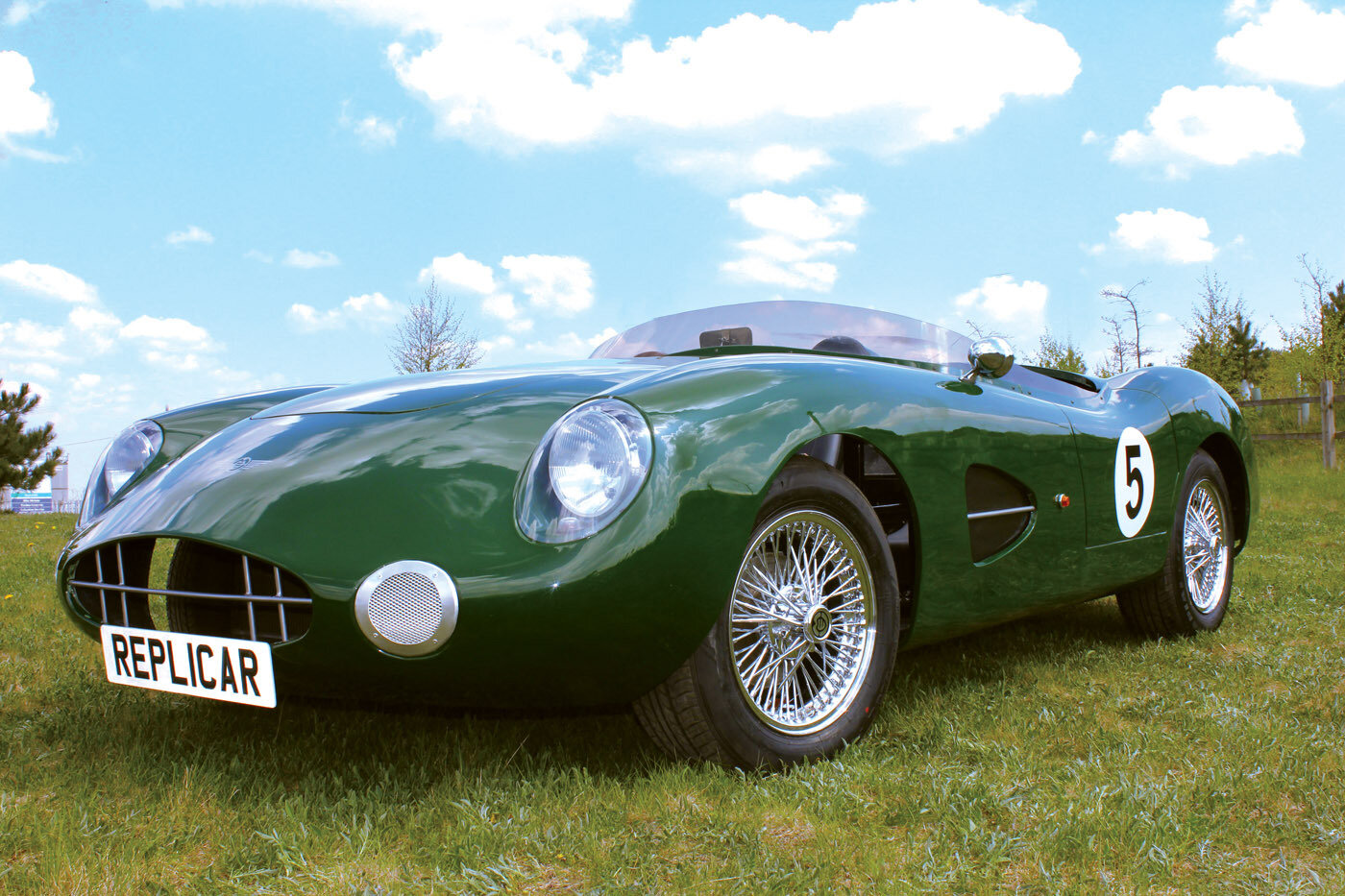
Aston Martin DBR1 replica
NOTE: The MEV Replicar / DBR1 is available in the United States exclusively through Exomotive
Story and Photos by Rob Hawkins
When David Brown owned Aston Martin back in the 1950s, it was not yet the glamorous firm known for building James Bond’s sexy spy car. Instead, it was a stodgy engineering and manufacturing company dating back to 1860, producing plodding and practical items such as farm tractors and gearbox cogs for submarines.
That all changed in 1956, when the first race car with the David Brown Racing (DBR) badge was created. Startling for its seductive shape, with a magnesium alloy body mounted on a space frame chassis, it was powered by a 2.5-liter straight-six twin-cam engine connected to a five-speed transaxle. Although aimed at the World Sports Car Championship, it didn’t initially live up to such promising traits. When competing at the annual French Le Mans 24-hour race, it retired after 21 hours (246 laps) due to transmission failure.
But 1957 proved to be a strikingly successful season, thanks to a larger 2,922 cc engine and new team members including famed driver Roy Salvadori. The car finished first overall at the 1,000 km Nürburgring in Germany, and two cars finished first and second at the Belgian Spa Grand Prix for sports cars.
Stirling Moss and Jack Brabham claimed a similar victory at the Nürburgring in 1958. Then in 1959, with Carroll Shelby and Roy Salvadori at the wheel, the DBR1 claimed first at Le Mans.
Even with such successes, David Brown decided to divert his racing to Grand Prix events, so the DBR series was axed, but the name wasn’t, with a succession of well-known and often collectible DB models from Aston Martin.
Fast-forward to today’s replica market. Recreating this iconic classic race car with modern donor components was no simple task, for several reasons. When car designer Stuart Mills, the man behind Mills Extreme Vehicles and the Miata-based Exocet, launched a lookalike of the DBR1, called the Replicar, it wasn’t immediately clear how recognizable it would be. However, he did manage to fool Richard Hammond, formerly of Top Gear, into thinking his car was a genuine DBR1, proving that there are people who know the model.
Adding to the challenge, Mills admits that he’d never seen a real DBR1 in the flesh when he embarked on producing his own copy.
“This was a very thorough shape to replicate,” he admits. “I could have found an easier alternative, but I have always loved the shape of the DBR1 from childhood. This is the car that was on a poster on my bedroom wall. This is the shape I had to create, no matter what.”
After studying online images, drawings, video and blueprints to determine the exact shape and dimensions of his Replicar, Mills eventually did manage to examine a real DBR1 at a tribute to Ted Cutting, the designer. So with the shape of the bodywork secured, all Mills had to do was figure out the donor components.
“Conscious of costs and ease of the build playing a very important role in our other products’ success, we stuck with the Miata,” he explains. “Compromises in the design became apparent, but we stuck almost rigidly to the original dimensions. Even the Miata’s wheelbase and track were perfect for the job. The engine sits slightly further forward, so a subtle change to the hood line was required.”
As proven in his other designs, the simplicity of the Miata donor vehicle is one of its key selling points in creating a Replicar. Simply remove a Miata’s bodywork, leaving the front and rear subframes, connecting framework and all the mechanical components, then bolt a new chassis on top, followed by the bodywork. This chassis recreates the DBR1’s cockpit with exposed chassis side rails.
Any components that are attached to the Miata’s bodywork, and are needed on the Replicar, are accommodated in the new chassis. For example, the top mounting points for the coilover shocks are secured to the new chassis. The same applies to pedals.
While the donor components used in the Replicar sound perfect, they raise the inevitable question as to whether they result in a car that feels like a 1950s racer. The only way to discover whether the Miata’s components are too modern or unsuitable for the Replicar is to drive it, so we did so around MEV’s test circuit near the workshop. Let’s not forget the fact that this is a recreation of a race car, so the lack of doors, windshield and trunk (the rear is for show only) must be ignored in the interests of a replica — or should they?
Stepping over the high-sided bodywork and into the cockpit, the Replicar feels spacious inside, since the side rails are only waist-high, and the proportions are not too dissimilar to the Miata. The gear shift and handbrake are positioned in the same location as on the donor car, along with the pedals and steering wheel.
Firing the Mazda twin-cam to life, there’s a throaty bark, which is sufficiently authentic. It’s no straight-six with snorting triple Webers, but exhaust and induction tuning can create some classic tunes if required, and what you lose in engine authenticity, you gain in reliability and drivability.
The DBR1 is claimed to have produced 254 hp, a staggering amount of performance in the 1950s. A standard Mazda twin cam produces anything from around 100 hp to almost 140 hp, but with proven upgrades ranging from air intakes and exhausts to turbo and supercharger conversions, that power output can rise to well over 200 hp. (Just ask Flyin’ Miata about the effect of its power-adders.)
This sort of car doesn’t necessarily need huge amounts of power to justify its looks, and considering it’s only carrying around 1,320 lbs, making it as light as a classic Mini, the power-to-weight ratio from the least powerful Mazda twin-cam will still be sufficiently entertaining.
The Replicar that I drove on MEV’s test circuit has a soft suspension setup, with standard Miata springs and dampers all round. So it has a pleasant ride quality, soaking up any undulations, and doesn’t leave you fighting with the steering under hard cornering. With good all-round visibility, the Replicar is an easy car to get to grips with and have some fun. But it felt like I was driving a less-refined Miata. Not a bad thing when you consider an original DBR1 would almost certainly not have the same level of drivability.
Recreating a legendary race car can be difficult to judge, but clearly a more civilized model appeals to more people (note sidebar). Even though the original DBR1 was a dramatic departure for Aston Martin, MEV’s Replicar doesn’t get away from you.
PRACTICAL IMPROVEMENTS
Following my initial test drive, I recently returned to inspect a revised MkII Replicar, which incorporated several updates based on customer feedback. Mills had listened to his customers and realized that originality wasn’t as important as practicality. Consequently, he took an angle grinder to a shell to see if a pair of doors would be feasible and carefully cut out a hole in the rear to create a trunk. He even trial-fitted a windshield for a Cobra replica and found it fit, meaning a hood could also be designed.
A subsequent MkII version of the Replicar was launched with lockable doors and a trunk. The interior was trimmed and the whole package now seems more useable than the first model. The way the car drives hasn’t changed. It naturally feels like a Miata, but you only have to look down the long hood to realize it’s not the same.

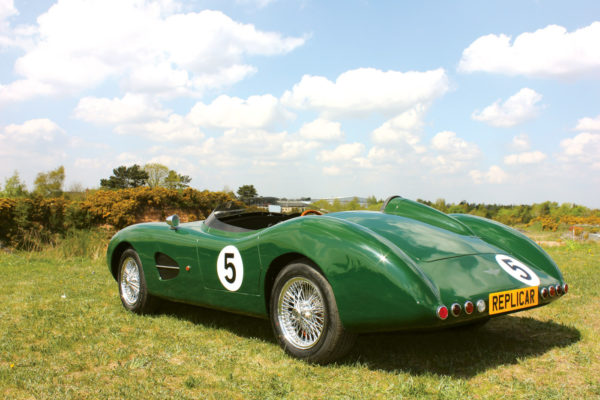
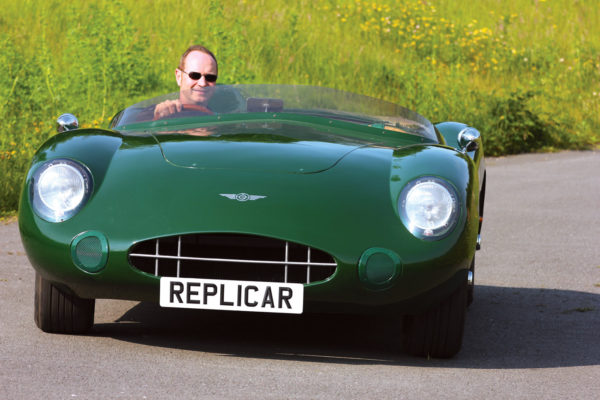
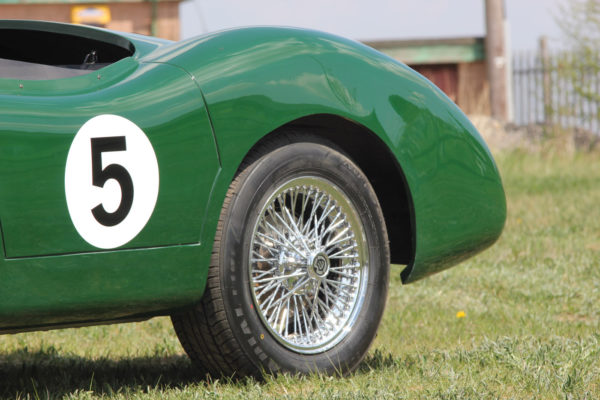
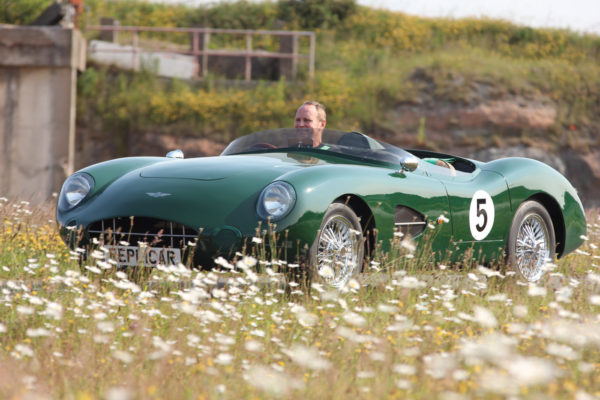
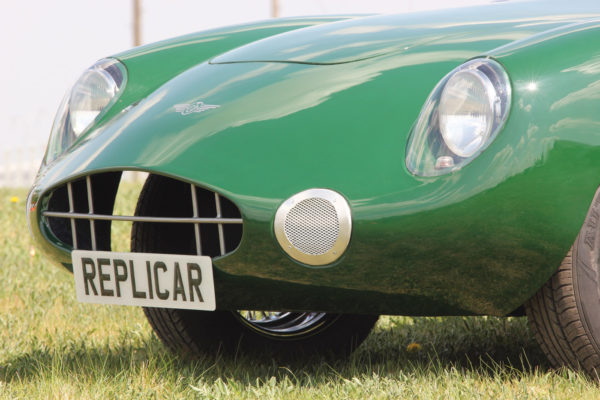
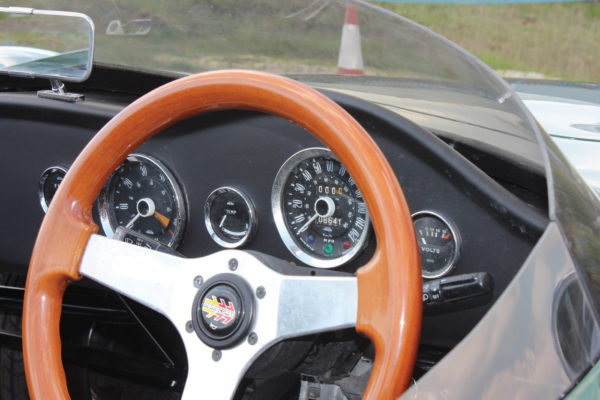
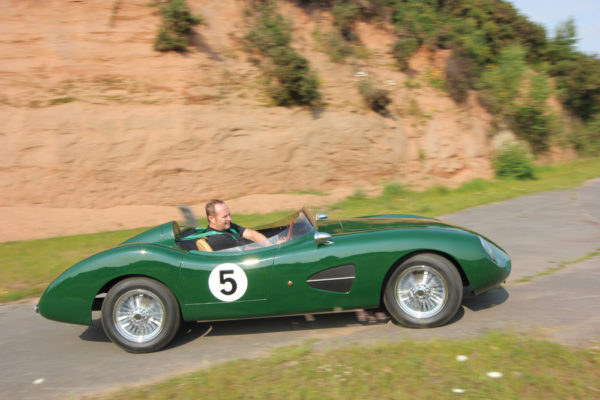
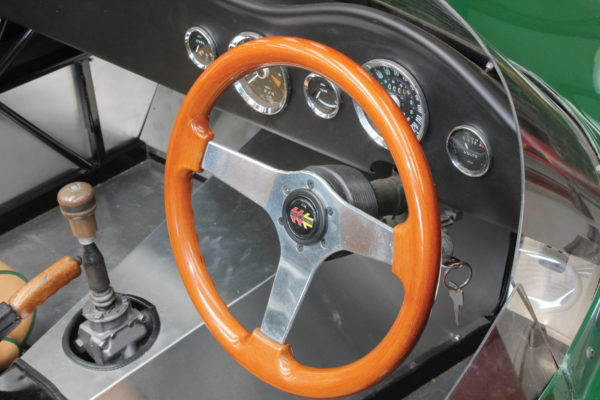
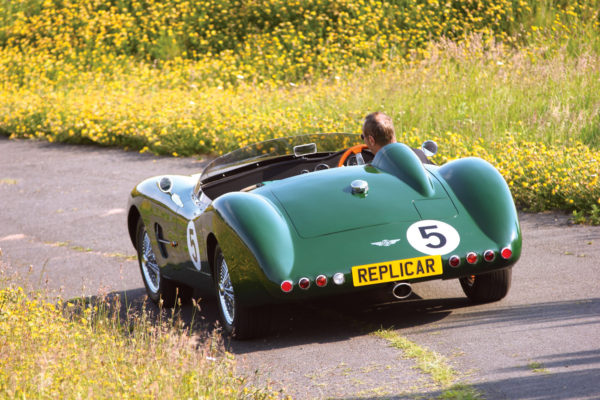
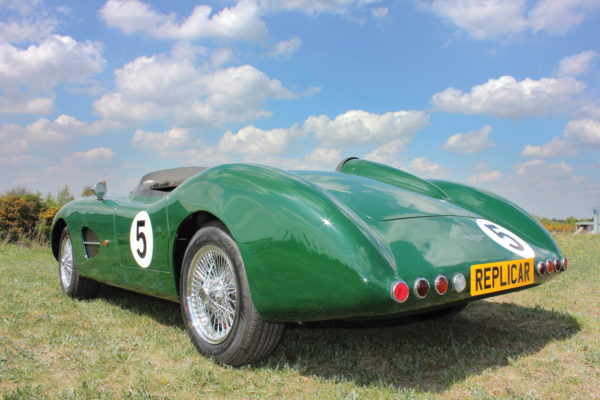
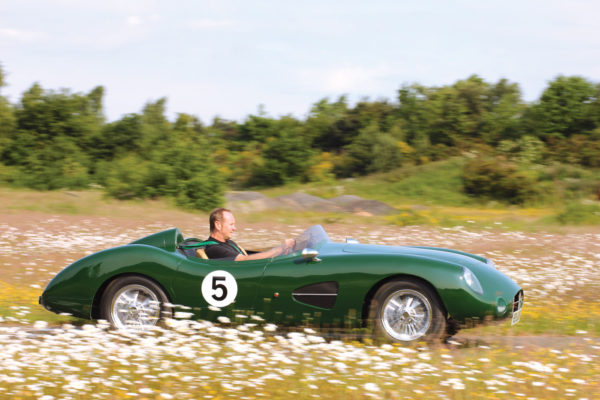
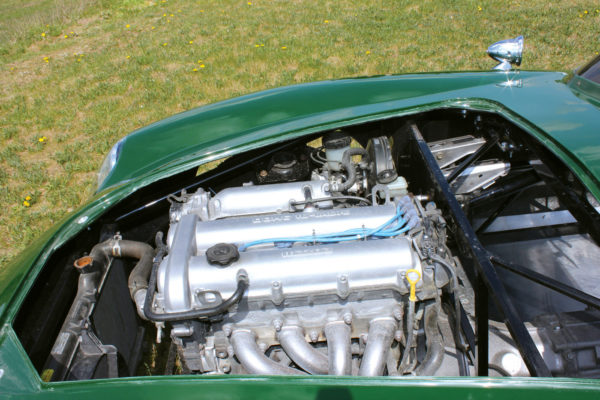
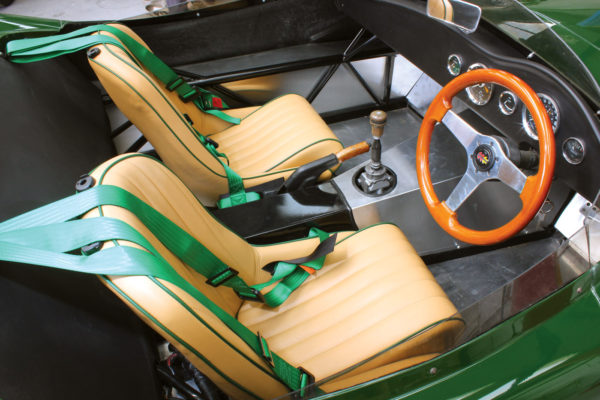
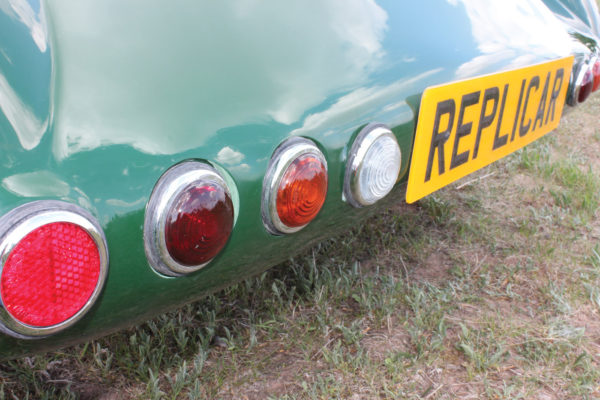
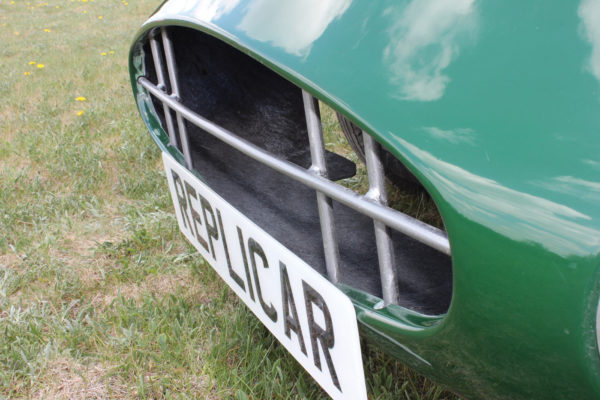
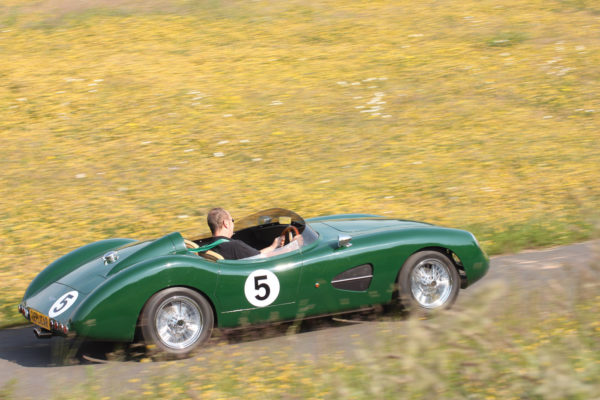
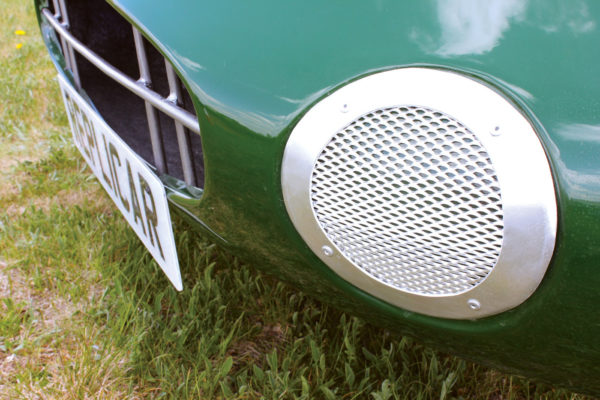
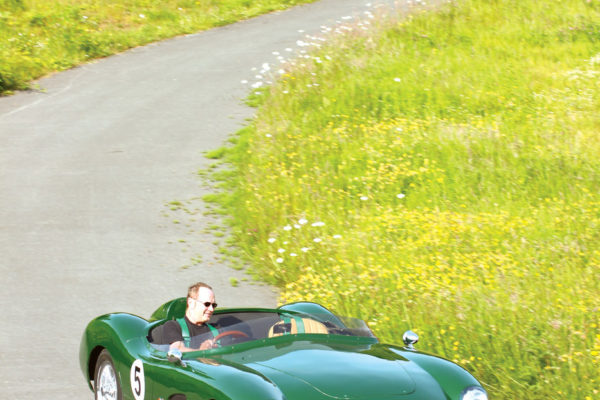
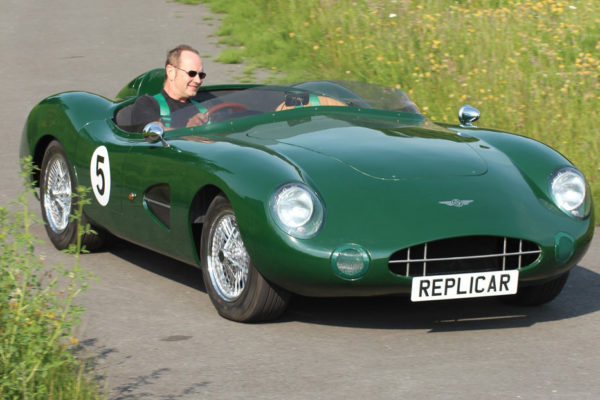
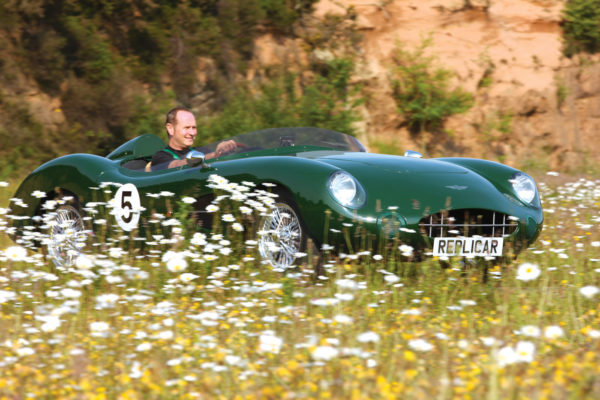
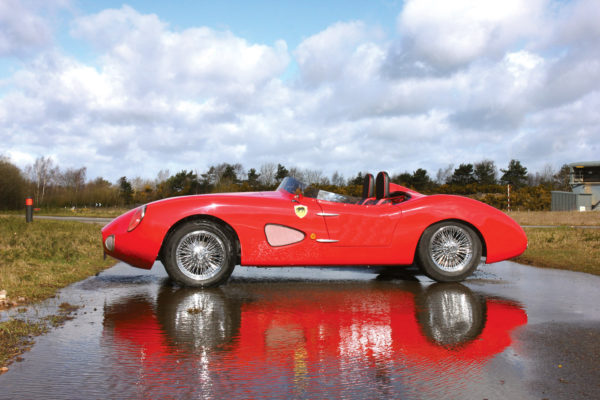
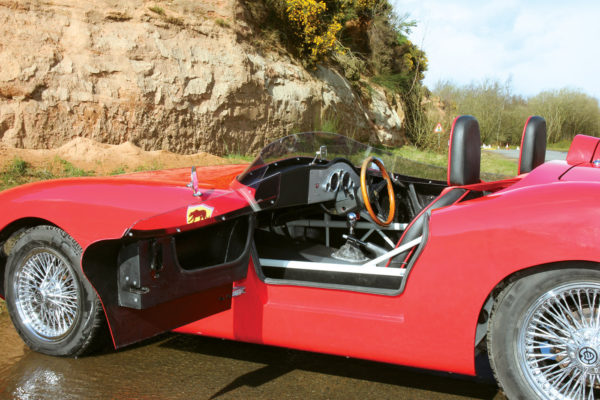
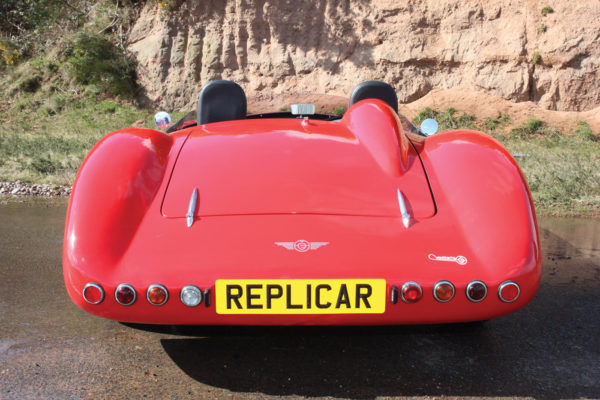
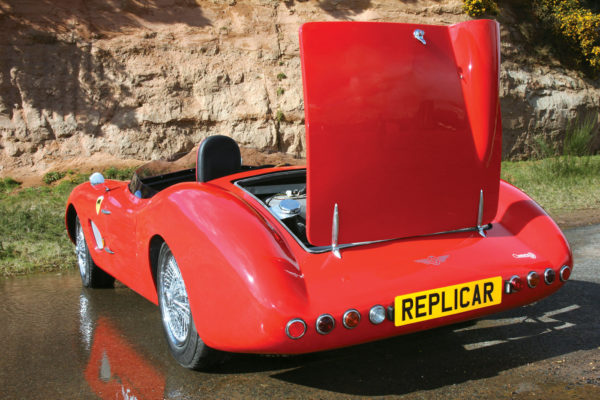
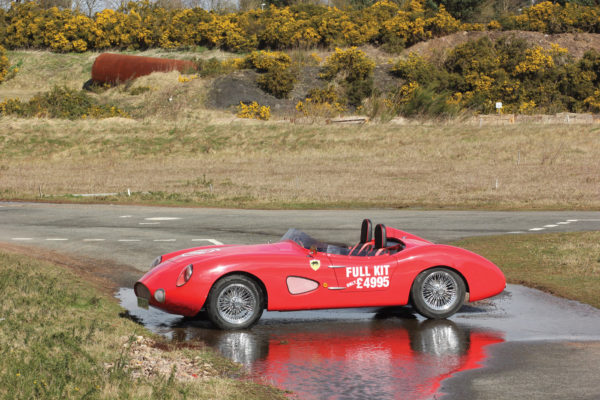
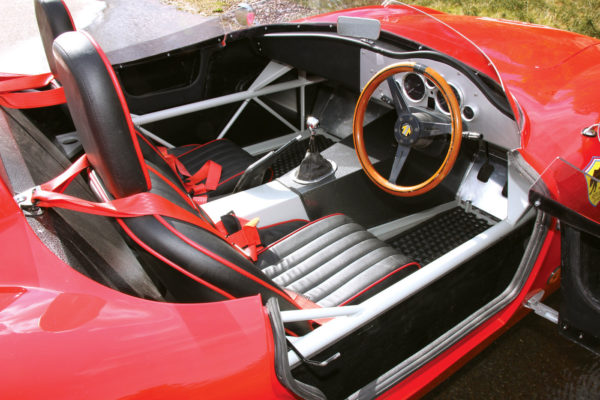
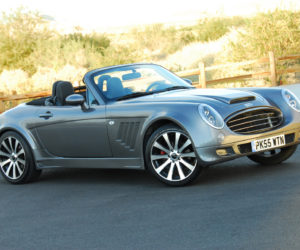
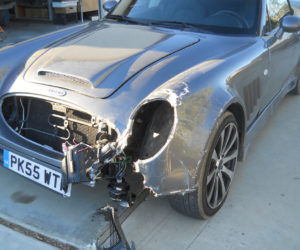
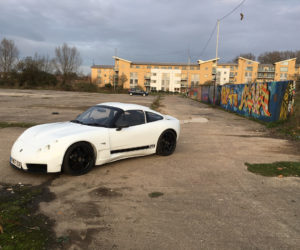
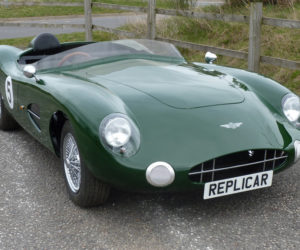
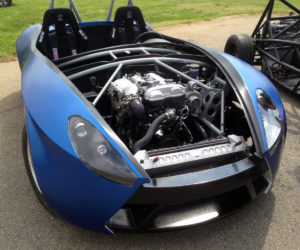
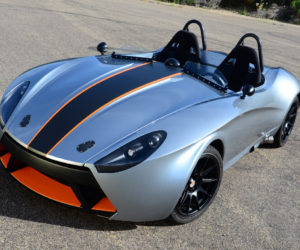




Comments for: Dramatic Departure
comments powered by Disqus